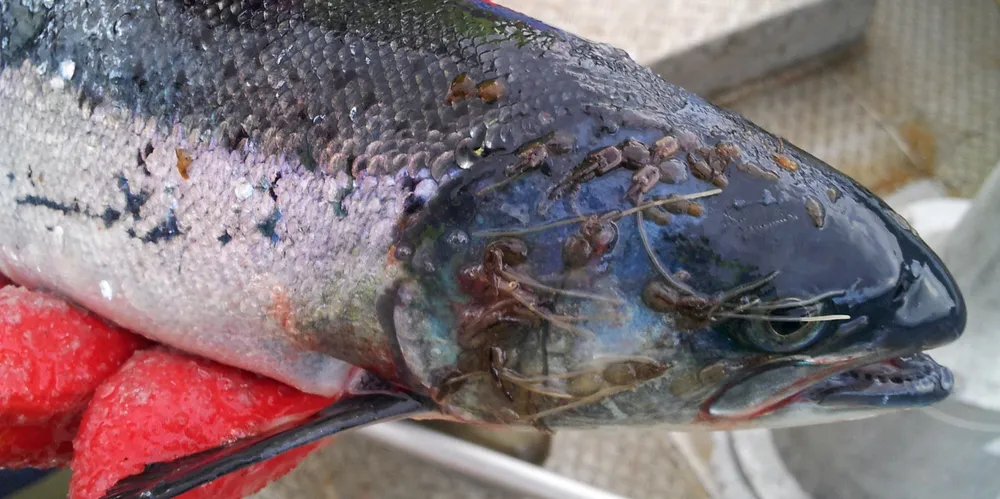Norwegian salmon farms are becoming less efficient. What’s the way forward?
Declining fish welfare, increased regulatory pressure and a host of other factors is making productivity elusive. Something needs to change.

Declining fish welfare, increased regulatory pressure and a host of other factors is making productivity elusive. Something needs to change.
